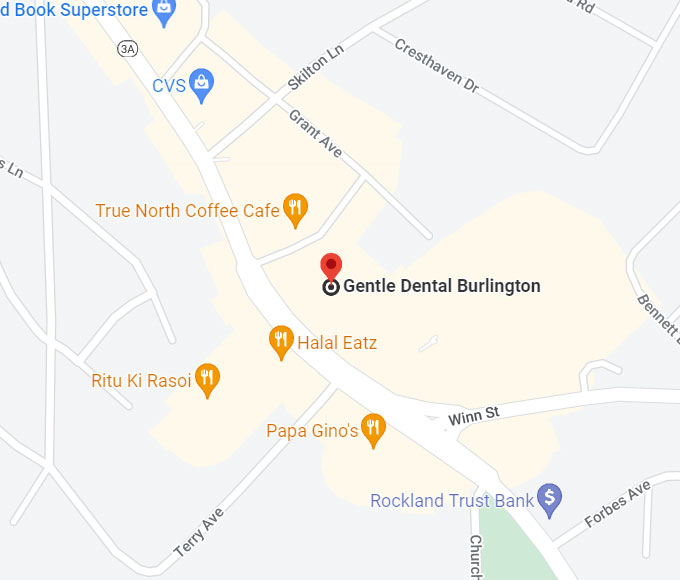Understanding Braces
What Exactly Are Braces?
Braces are appliances designed to align and straighten teeth. They consist of metal brackets attached to the teeth, connected by wires and elastic bands. These devices work together to gradually move your teeth into better positions, enhancing both their function and appearance.
How Do Braces Function?
Braces apply continuous, gentle pressure to move teeth into the desired position. The brackets are glued to the teeth, and wires are adjusted over time to encourage gradual movement. The teeth shift slowly, and over the course of treatment, they become aligned correctly.
Different Types of Braces Available
- Traditional Metal Braces: These are the most common type of braces, made from high-grade stainless steel. They are highly effective at treating various dental problems and have the advantage of being durable and reliable.
- Ceramic Braces: Ceramic braces work similarly to traditional metal braces but use clear or tooth-colored brackets, making them less noticeable. They are ideal for people who want a more discreet treatment option.
- Lingual Braces: Lingual braces are placed behind the teeth, making them virtually invisible to others. They work like traditional braces but provide a more discreet option for patients concerned with appearance.
- Self-Ligating Braces: These braces do not require elastic bands. Instead, they use a sliding mechanism to hold the wire in place, reducing friction and potentially shortening treatment time.
- Clear Aligners (e.g., Invisalign): Clear aligners like Invisalign are a popular choice for those who prefer a nearly invisible option. These clear plastic trays gradually straighten teeth and are removable, making them a flexible and comfortable option.
Ideal Age for Getting Braces
While braces are typically most effective for teenagers, adults can also benefit from orthodontic treatment. The ideal time to begin braces treatment is usually when most of the permanent teeth have erupted, but it’s never too late to straighten your smile.
Treatment Process
Duration of Treatment
The duration of braces treatment depends on the severity of the misalignment, the type of braces used, and the patient's age. On average, most people wear braces for 18 to 24 months. However, more complex cases may take longer, while simpler cases could be treated in less time.
Initial Consultation and Assessment
During your first visit, the orthodontist will assess your teeth, gums, and jaw structure to determine the best course of treatment. You may undergo x-rays or digital scans to give the orthodontist a clearer picture of your dental needs. Based on the assessment, a personalized treatment plan will be created.
Risks and Benefits
Advantages of Wearing Braces
- Improved appearance with a straighter smile.
- Better oral health by correcting bite issues and making cleaning easier.
- Enhanced self-confidence as you enjoy a more aligned smile.
Common Side Effects of Braces
- Soreness in the mouth and teeth.
- Irritation to the gums from the braces.
- Difficulty eating certain foods initially.
Post-Treatment Care and Maintenance
Managing Discomfort
After getting braces, you may experience some soreness in the first few days. Over-the-counter pain relievers can help, and applying orthodontic wax to the braces can prevent irritation to the inside of your mouth.
Dental Hygiene with Braces
Maintaining oral hygiene is crucial when wearing braces. Brush your teeth after every meal, use floss threaders or interdental brushes to clean between the wires and teeth, and use fluoride mouthwash to maintain healthy gums and teeth throughout treatment.
Foods to Avoid with Braces
Certain foods can damage braces or make them harder to clean. Avoid sticky foods, hard candies, popcorn, and tough meats. Instead, opt for softer foods that are easier on your braces and teeth.
Retainers: The Next Step
After your braces are removed, you will need to wear a retainer to ensure your teeth stay in their new positions. Retainers are a crucial part of the treatment process and will help maintain the results of your braces.
When to Consult Your Orthodontist
Signs You Should Reach Out
If you experience any pain or discomfort, or if a bracket or wire becomes loose or broken, you should contact your orthodontist immediately. Timely adjustments will prevent further issues.
Additional Considerations
Braces vs. Other Treatment Options
While traditional braces are highly effective, clear aligners like Invisalign provide a more discreet option for mild to moderate cases. Your orthodontist will recommend the best treatment for your specific needs.
Financial Aspects of Braces
The cost of braces can vary based on the type of braces, the complexity of the case, and the duration of treatment. Many dental offices offer payment plans, and some insurance plans may cover part of the cost.





